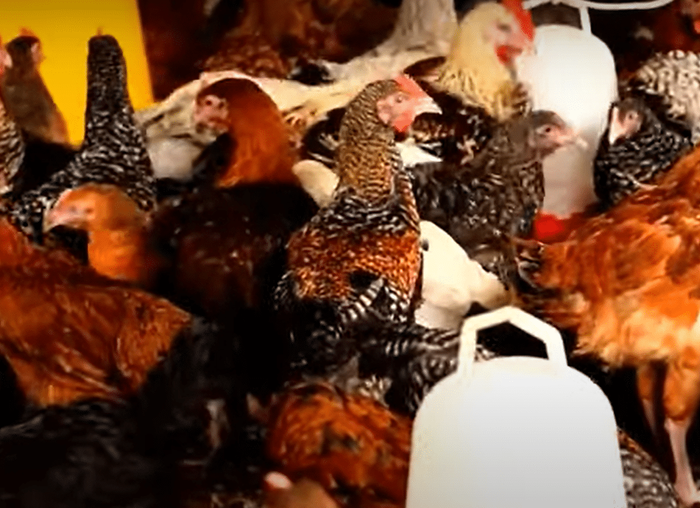Kienyeji chicken farming or farming of indigenous improved chicken is the most profitable and at the same time, it‘s the most disastrous and this is because it is either you fall in the profit side or loss making side.
It‘s important to note that poultry usually have a certain percentage of egg production at a certain age depending on the genetic composition of the bird
Kienyeji chicken products
It‘s important to understand that by end of the year you will have three products to sell i.e fertile eggs, meat and chicks. Hence it is important to have in mind of the market for the products.
In order to succeed in kienyeji, understand the seasons of the three products. For example, demand for chicken is very high from April- August. Hence, you should have mature chicken that are laying eggs then. At this time people want to buy fertile eggs for hatching or one day old chicks to rear them.
Increasing production
To get fertile eggs with higher hatchability, It should be one cock for seven females. This implies that at least 65-70% of eggs will be fertilized and in the process of incubating them. This is how you can make more profit from selling day old chicks.
When you sell fertile eggs, farmers hatching those eggs will realise that your eggs hatch at higher percentage and hence a higher market share for your eggs.
Investment and care
Kienyeji chicken farming requires simple structures and one can use iron sheets or three ply. This allows you to invest more in the number of birds or equipment such as incubators and jikos for brooding.
Do not miss to vaccinate your bird. It‘s important to adhere to routine management and practices like debeaking, deworming, changing litter frequently and giving vitamin supplements to the birdsafter vaccination. With all these, keep records so as to analyse and know where to improve.



















